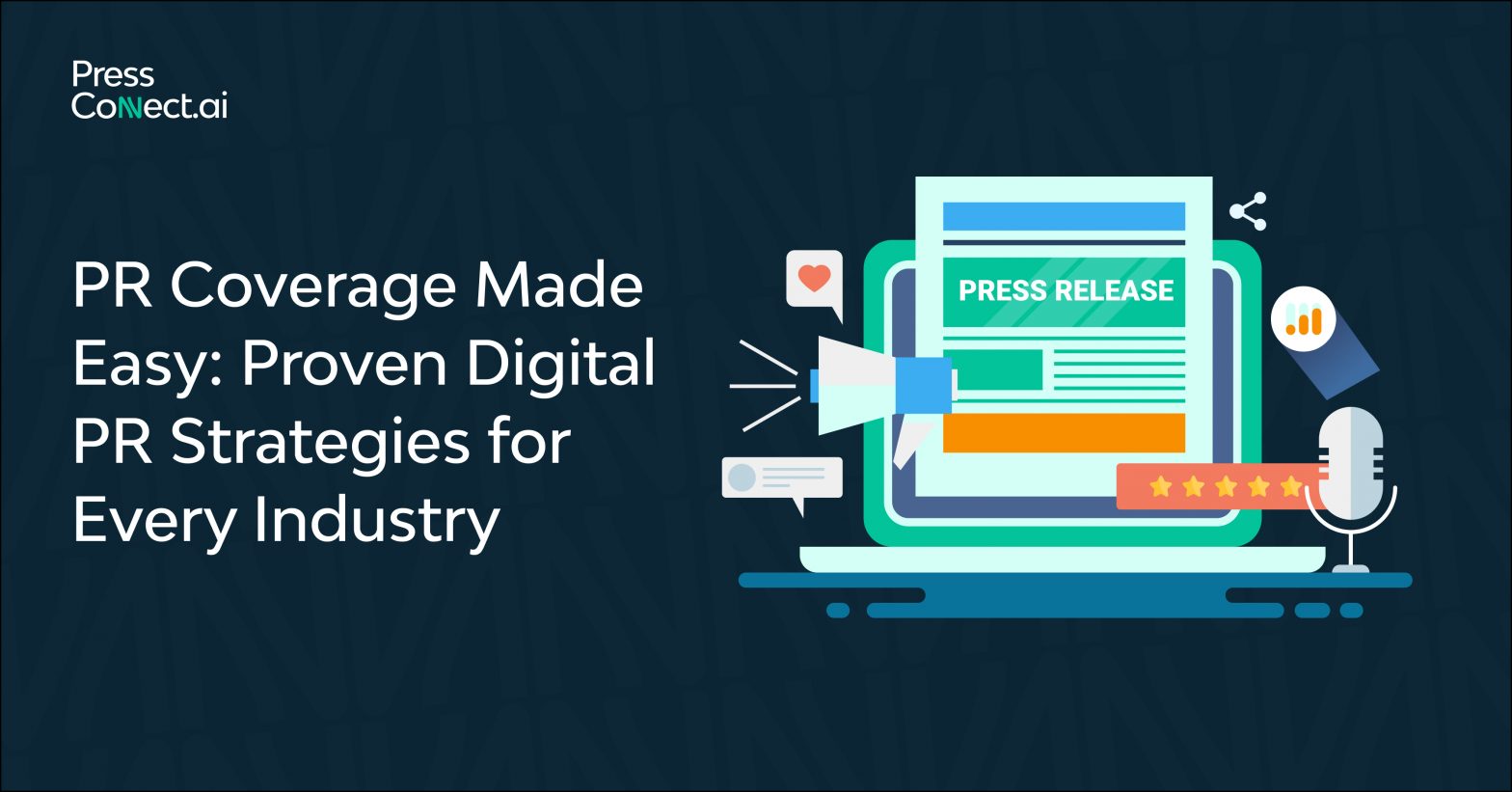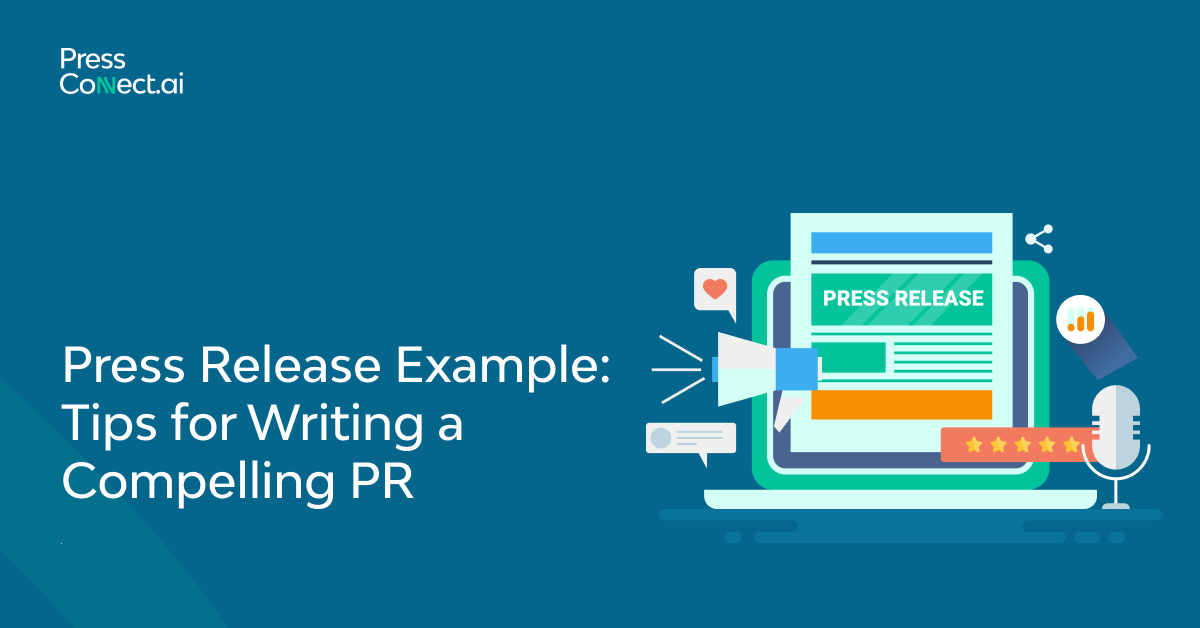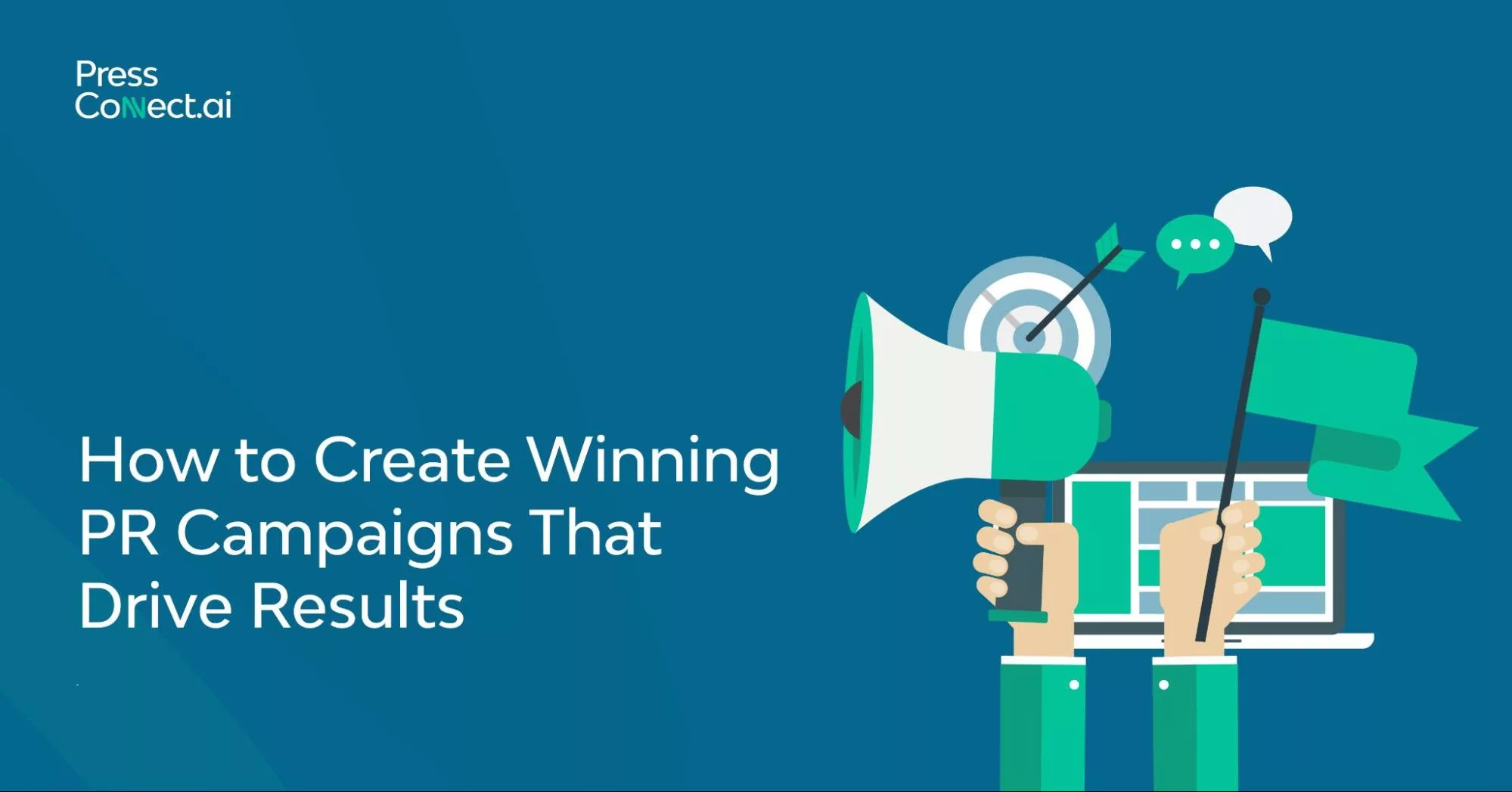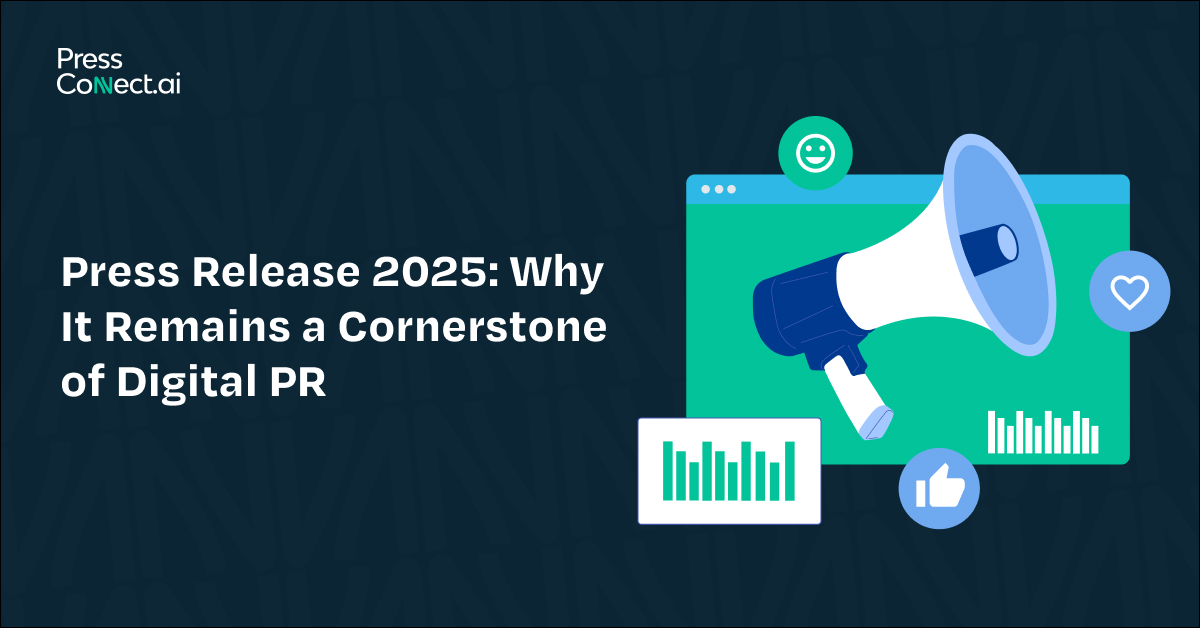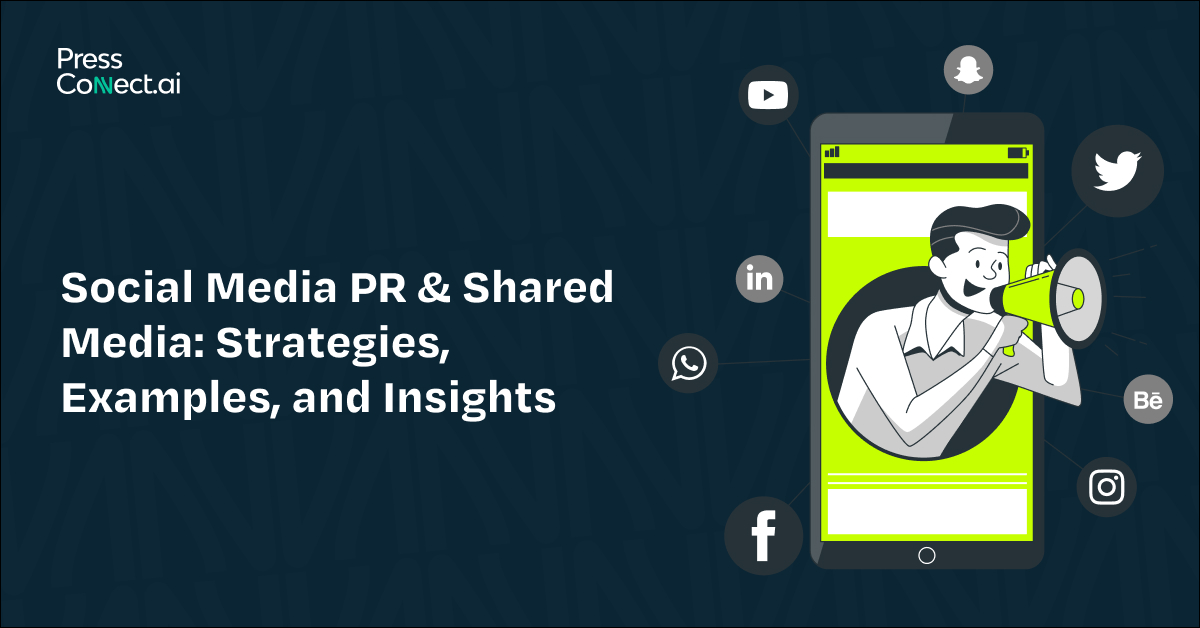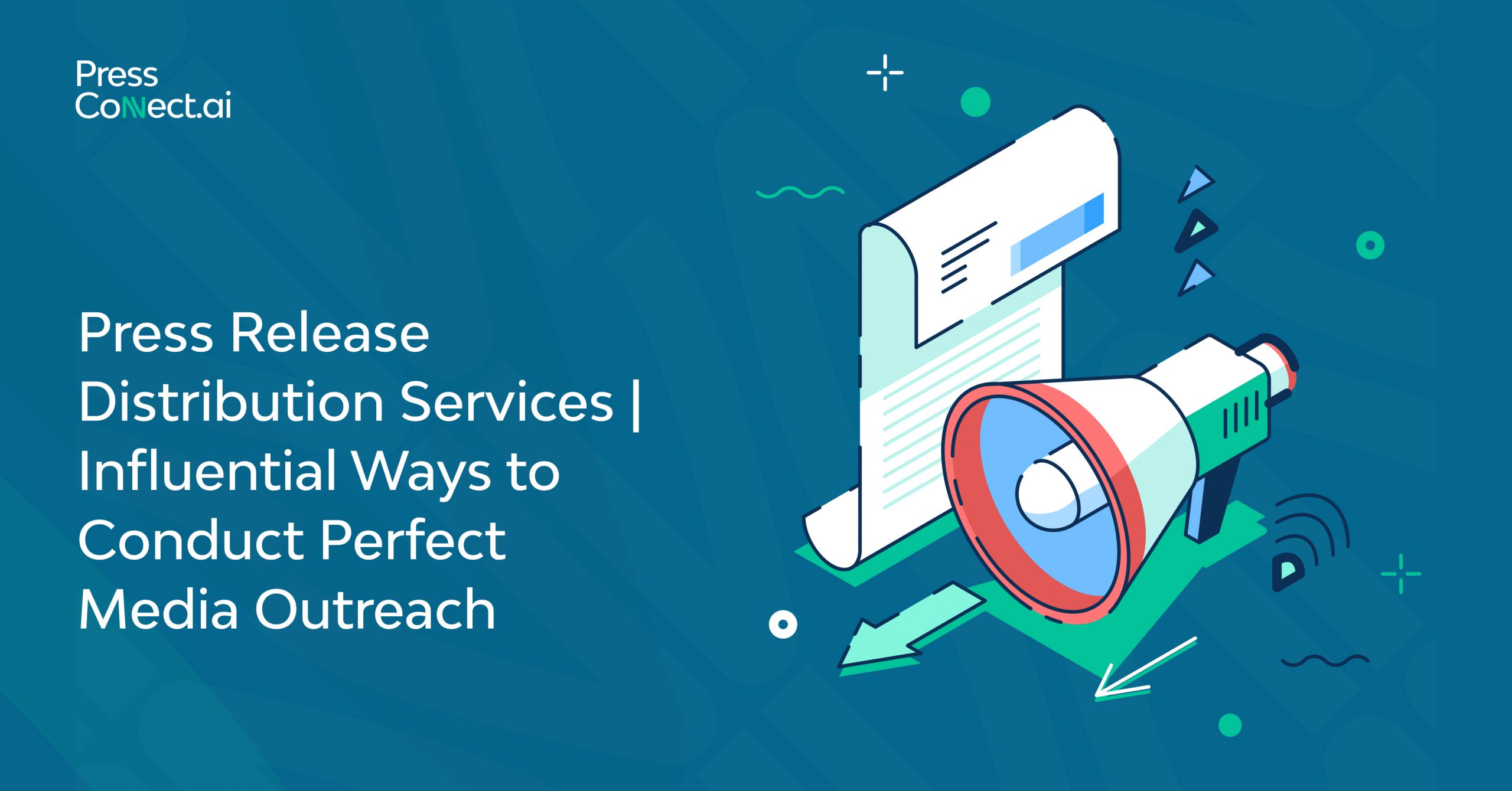PR Coverage Made Easy: Proven Digital PR Strategies for Every Industry
The press delivers its coverage by strategic methods instead of based on merit. Gaining media attention serves multiple functions: it creates trusted credibility while drawing potential customers and enhancing online presence regardless of size or a well-acknowledged brand or individual’s knowledge mentor status. Brands nowadays face numerous competitors when they attempt to gain visibility, so unique strategic planning becomes essential for differentiation.
The digital PR transformation of businesses through media coverage management includes the use of online media platforms and influencers, as well as search engine optimization combined with social networks to expand brand messaging reach. Digital PR represents a flexible measurement system that produces effective results at reasonable prices while improving reputation and organic traffic rates.
Through this blog, I will present tested digital PR methods that deliver results for companies within every business sector. The tactics presented here deliver sustainable media exposure, which establishes your brand authority throughout technology and fashion in addition to healthcare services, financial institutions, and every other business sector.
Crafting a PR-Worthy Story
Journalists and media outlets deal with hundreds or thousands of daily pitches in the current content-overloaded world. Your story must outshine your product, making it worthy of PR coverage for you to stand apart and gain media attention.
Identifying Newsworthy Angles for Your Industry
Not every business update is worthy of media attention. To craft a strong PR story, ask yourself: Why should people care?
Here are a few angles that consistently grab media interest across industries:
- Timeliness & Relevance: Does your story connect with current news, industry changes, or seasonal trends? For example, consider “How AI is Changing E-Commerce in 2025.”
- Human Interest & Emotion: Can you share a personal story, a customer success story, or an emotional message? For example, “How I Turned My Business Around from Bankruptcy to a Billion-Dollar Brand: The Story of [Your Company].
- Problem-Solving & Innovation: Are you offering a groundbreaking solution to a widespread issue? (e.g., “This Startup Just Launched a Revolutionary Deepfake Detection Tool”)
- Controversial or Counterintuitive Insights: Can you challenge a common belief or industry standard? (e.g., “Why Most PR Strategies Fail—And What to Do Instead”)
- Exclusive Data & Research: Can you back up claims with original research, surveys, or industry reports? (e.g., “Study Shows 85% of Consumers Trust Digital PR Over Traditional Ads”)
Pro Tip: Look at major publications in your industry. What kind of stories are they covering? Reverse-engineer those trends and align your narrative accordingly.
How to Leverage Data, Trends, and Storytelling
Facts alone don’t make your story stand out—storytelling makes data engaging. Here’s how to combine the two effectively:
Use Data to Strengthen Your Narrative
- Cite industry stats to validate your claims.
- Conduct original surveys or analyze trends within your company.
- Turn complex data into digestible infographics or visual reports.
Weave a Narrative That Resonates
- Use the problem-solution-impact formula to organize your story.
- Use real-life examples to show success.
- Add a personal touch. Share stories about your founders, highlight customer changes, or provide behind-the-scenes insights. These elements help make your brand more relatable.
Tie It to a Broader Trend
- Media outlets love stories that connect to more significant industry shifts or social movements.
- Example: If you are starting a sustainable fashion brand, connect it to the growing movement for eco-friendly practices and the criticism of fast fashion.
The Role of Thought Leadership and Expert Opinions
Journalists want to talk to trusted industry experts for useful insights. If you or your company position yourselves as thought leaders, you are more likely to be featured.
How to Build Thought Leadership in Digital PR:
- Contribute guest articles to reputable publications in your niche.
- Provide expert insights on industry news through platforms like HARO (Help a Reporter Out).
- Join podcasts, panels, and interviews to increase your credibility.
- Share your original insights on LinkedIn, Medium, or your company blog.
When you establish yourself as an expert, journalists will seek your quotes, opinions, and insights. This can lead to regular PR coverage for you.
Building Relationships with Journalists & Influencers
Getting media coverage is not just about having a good story; it’s also about reaching the right people. Journalists and influencers play a key role in shaping public interest, but they receive many pitches each day. To stand out, you need to create real, mutually beneficial relationships instead of sending out cold, generic messages.
The Importance of Personalized Outreach
Journalists get hundreds of emails every day, but most are ignored. Why? They often lack a personal touch, are not relevant, or sound too much like ads. To reach out successfully, you need to personalize your message. Show that you have researched and that your story fits what they cover.
How to Make Your Outreach Stand Out:
- Mention previous work: Reference an article they’ve written and explain why you found it valuable.
- Tailor your pitch to their niche: Don’t send a beauty product pitch to a tech journalist. Make sure your story aligns with their coverage.
- Keep it concise: Journalists are busy. Get straight to the point and highlight why your story is worth covering.
- Make it easy for them: Provide key details, links, and any supporting assets (such as quotes or images) upfront.
What NOT to Do:
- Mass-email generic pitches: If you send the same email to 50 journalists, expect no responses.
- Use clickbait subject lines: Journalists value credibility, and misleading pitches will get you blacklisted.
- Follow up excessively: One or two follow-ups are fine, but daily emails will land you in the spam folder.
How to Find and Connect with the Right Media Contacts
Connecting with the right people is as important as creating a great pitch. To build a strong PR network, focus on research and genuine engagement.
Where to Find Journalists & Influencers
- Twitter (X) & LinkedIn: Many journalists share their latest articles, seek sources, and engage with industry conversations.
- HARO (Help a Reporter Out): Sign up for HARO to answer requests from journalists looking for expert sources.
- Google Search & Publications: Manually research journalists who have written about similar topics in your industry.
How to Build a Relationship Before Pitching:
- Engage with their content: Comment on their articles, share their work, and give helpful feedback before reaching out.
- Connect on LinkedIn or Twitter: A straightforward introduction that isn’t focused on selling can be very effective.
- Offer value first: Instead of immediately asking for coverage, offer them a relevant resource, trend insight, or exclusive story angle.
Tips for Crafting Compelling Pitches That Get Responses
A great pitch should be clear, concise, and compelling. It should immediately communicate why your story matters and its relevance to the journalist’s audience.
Pitch Structure That Works
- Subject Line: Make it clear and interesting. For example, “New Study Shows 75% of Gen Z Prefer Digital PR Over Traditional Ads”
- Personalized Opening: Mention their previous work and explain why you are contacting them.
- Engaging Story Hook: Describe what makes your story unique and timely.
- Supporting Details: Include key facts, quotes, or data to support your story.
- Clear Call to Action: Make it easy for them to respond, like, “Would you like to have an exclusive interview or receive more details?”
Leveraging Press Releases & Media Kits
A well-made press release and media kit are vital for getting public relations coverage. They give journalists and media outlets the information they need to cover your story correctly and quickly. However, just sending out a press release isn’t enough. You also need to know the best times, methods, and places to use them for the best results.
When and How to Use Press Releases Effectively
Press releases should be timely, relevant, and newsworthy. Journalists won’t cover just any company update—you need a compelling hook.
When to Send a Press Release:
- Major Product Launches: If you are launching a new product that is different from anything else, journalists may want to write about it.
- Company Milestones & Partnerships: If you are entering a new market, getting funding, or teaming up with a well-known company, let people know!
- Research & Industry Reports: Exclusive data insights can attract media attention.
- Event Announcements: Hosting a major event, conference, or webinar? Let the media know.
- Crisis Management: When dealing with public relations problems, an official press release helps to shape the story.
How to Write a Press Release That Gets Picked Up
A press release should be clear, concise, and informative—journalists don’t have time to sift through fluff. Here’s a proven structure:
- Headline: Simple and Straightforward (e.g., “[Your Company] Secures $10M to Transform AI-Driven PR”).
- Dateline & Lead Paragraph: Clearly state who, what, when, where, and why right away.
- Body Paragraphs: Share supporting details, including quotes from company leaders or industry experts.
- Multimedia Elements: Include high-quality images, videos, or infographics to enhance the release.
- Boilerplate: A brief paragraph about your company at the end.
- Media Contact Information: Make it easy for journalists to get in touch.
Example: If your company is launching a tool that detects AI-generated deep fakes, the press release should emphasize how it will impact the industry, its innovative technology, and how it can be used in real life.
Essential Elements of a Compelling Media Kit
A media kit, also known as a press kit, is a helpful resource for journalists, influencers, and media professionals. It provides everything they need to write about your brand without needing to do extra research or make additional requests.
What to Include in Your Media Kit:
- Company Overview: A brief and engaging description of your brand, including its mission and main products or services.
- Founder/Executive Bios: Share background information on key leaders, along with their professional photos.
- Press Releases & News Coverage: Include previous media mentions and important press announcements.
- Product/Service Information: Facts about features, benefits, and pricing.
- High-Resolution Images & Videos: Visuals like logos, product photos, and behind-the-scenes images.
- Brand Assets & Guidelines: Logos, fonts, and color codes to keep the brand consistent.
- Contact Information: Direct media inquiries to the right person for quick responses.
Best Practices for Media Kits:
- Keep it digital: Host it on your website as a downloadable PDF or dedicated press page.
- Update it regularly: Outdated media kits can cause confusion and missed opportunities.
- Make it easy to access: Avoid requiring passwords or sign-ups—journalists want quick access.
Press Connect—Your Trusted Ally in PR Success
Achieving continuous PR coverage seems daunting until you develop the right approach that makes your brand visible among competing media outlets. Each procedure contributes significantly to your brand recognition and indicates trustworthiness by creating excellent content, developing journalist friendships, and utilizing press releases and digital PR potential.
You can achieve this work through the Press Connect agency.
Press Connect offers specialized PR services for all brands within every industrial field. Our team stands ready to provide expert guidance on focused media interactions, along with press release development and story creation that will gain your organization recognition. Through our depth of industry connections combined with data-driven methodologies, we help your brand reach the ideal publications at the perfect timing with tailored communications.
Ready to transform your PR strategy? Let’s connect and get your brand the media attention it deserves. Partner with Press Connect today!
